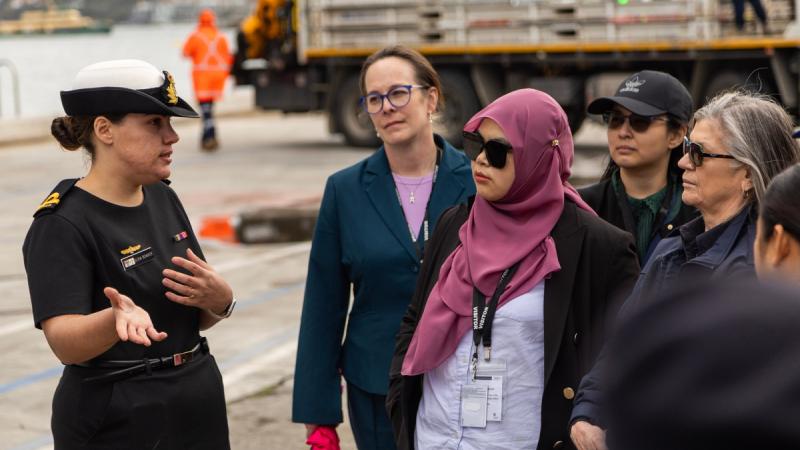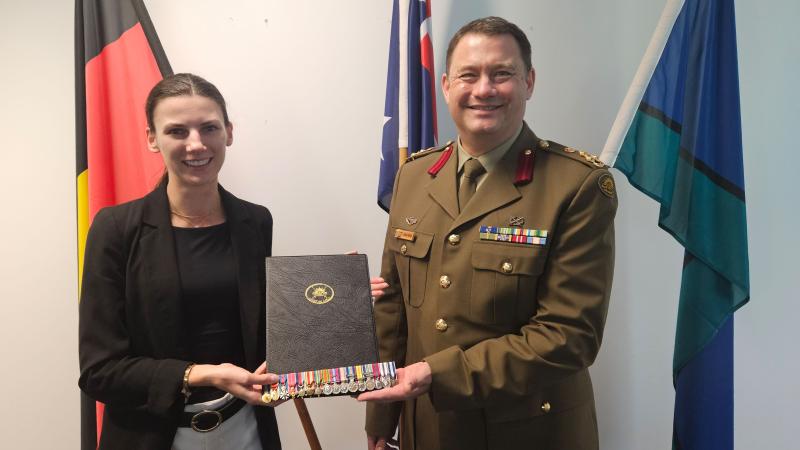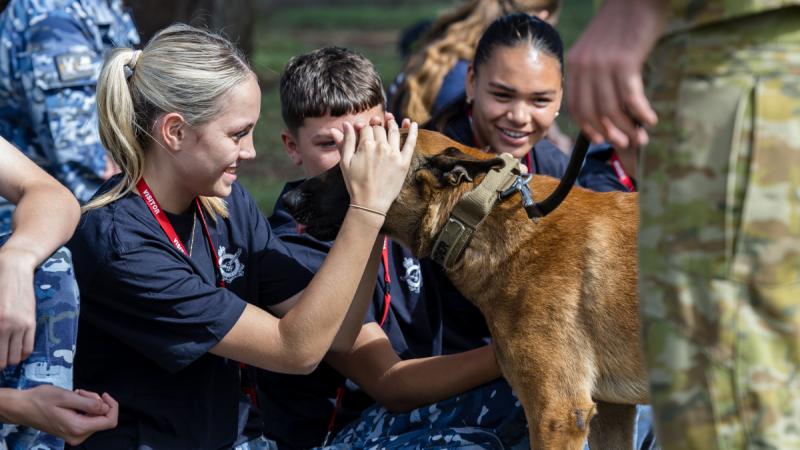3 June 2021
Constructing an airstrip in Sandakan, British North Borneo. That was the initial task for thousands of Australian and British military personnel who had been captured and declared prisoners of war by the Japanese Imperial Forces during World War II.
It all changed in 1944 when the Allied Forces began their advance towards Borneo and the Japanese marched about 2000 prisoners west to Ranau.
On foot, they trekked more than 260 kilometres across jungle tracks, growing weak and their health suffering severely. Many died as a result of the journey, their bodies never to be recovered and those who were unable to continue were killed or left behind.
Of the 1000 Australians sent to Ranau, just six survived.
The shocking trek later became known as the Sandakan Death March – one of the most harrowing prisoner-of-war experiences of the war.
On May 28, the fallen were remembered during a ceremony at the Sandakan Memorial at the Australian War Memorial in Canberra. It marked the 76th anniversary of the march.
It was attended by the sons of two Sandakan Death March survivors – Emeritus Professor John Brathwaite and Richard Moxham. Dignitaries representing Australia, Britain, Japan, Malaysia, the Netherlands and Singapore also attended.
Representing the Royal Australian Navy, Deputy Chief of Navy Rear Admiral Chris Smith laid a wreath in memory of those who lost their lives.
“It was an honour to represent the Royal Australian Navy at the National Sandakan Remembrance Day wreath laying ceremony,” Rear Admiral Smith said.
“Many Australians paid the ultimate price during the death march and our thoughts are with the families and friends left behind.”
The Sandakan Memorial features a granite, sandstone and glass sculpture commissioned by the AWM to honour those who lost their lives during the march. It is open to the public daily from 10am-5pm.


